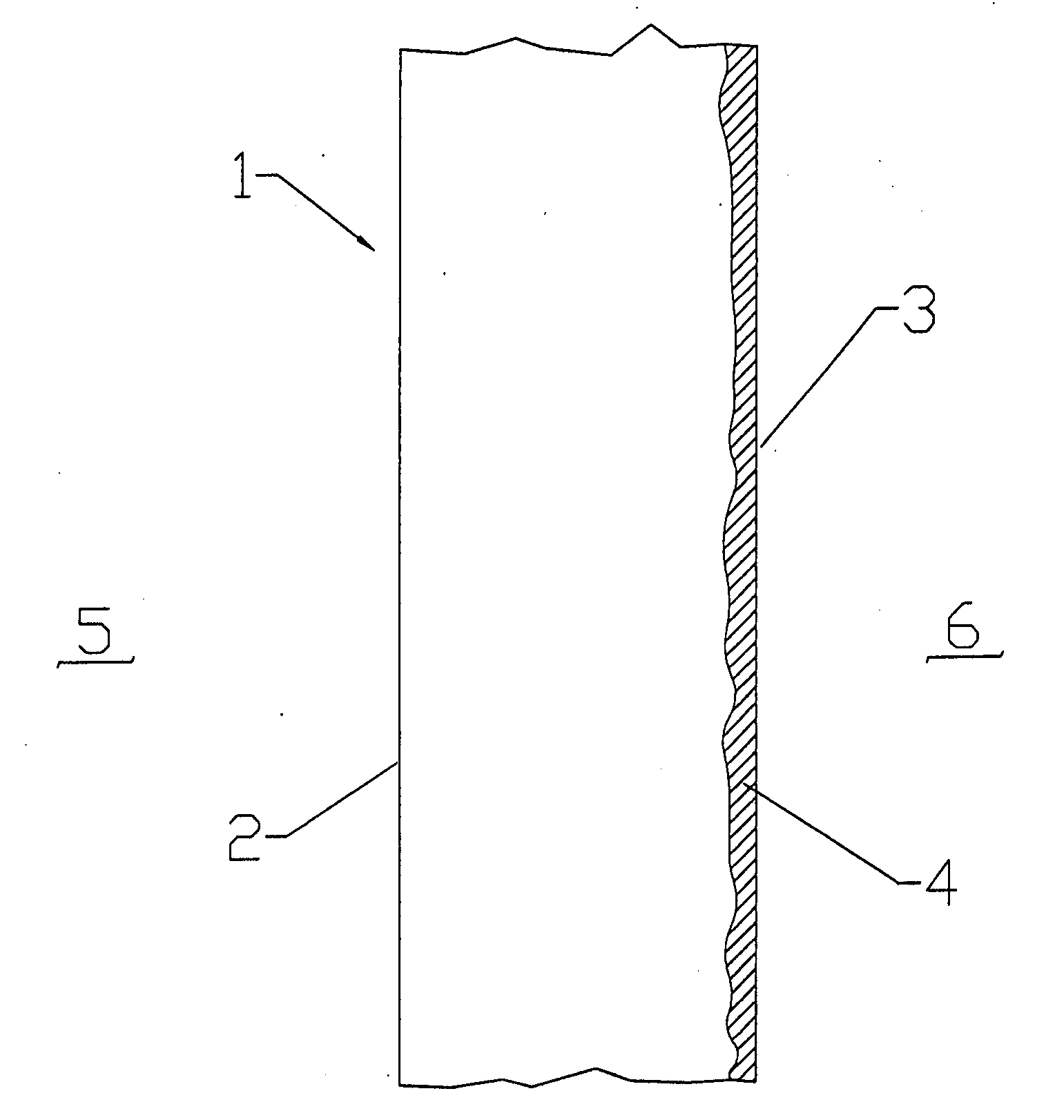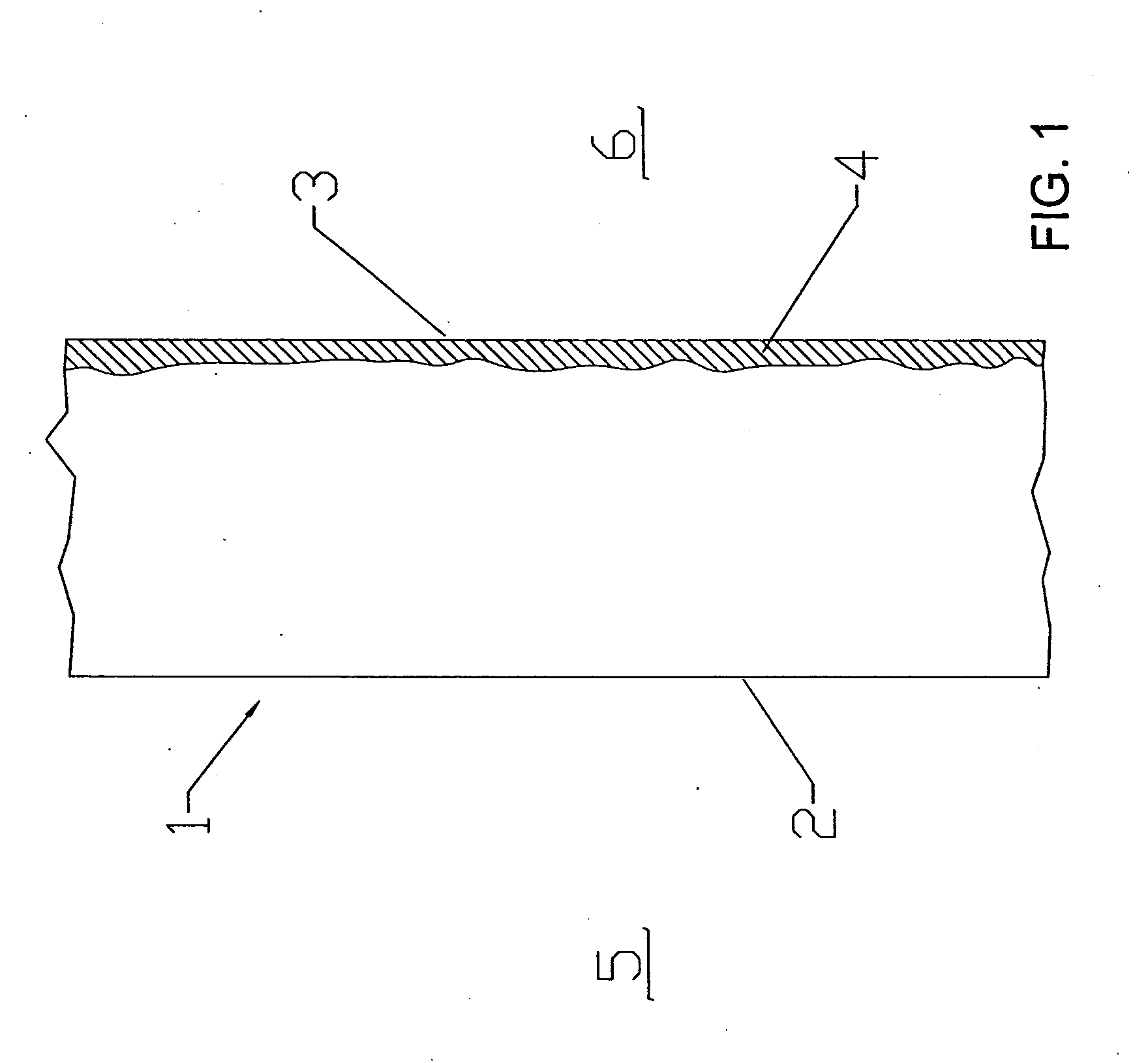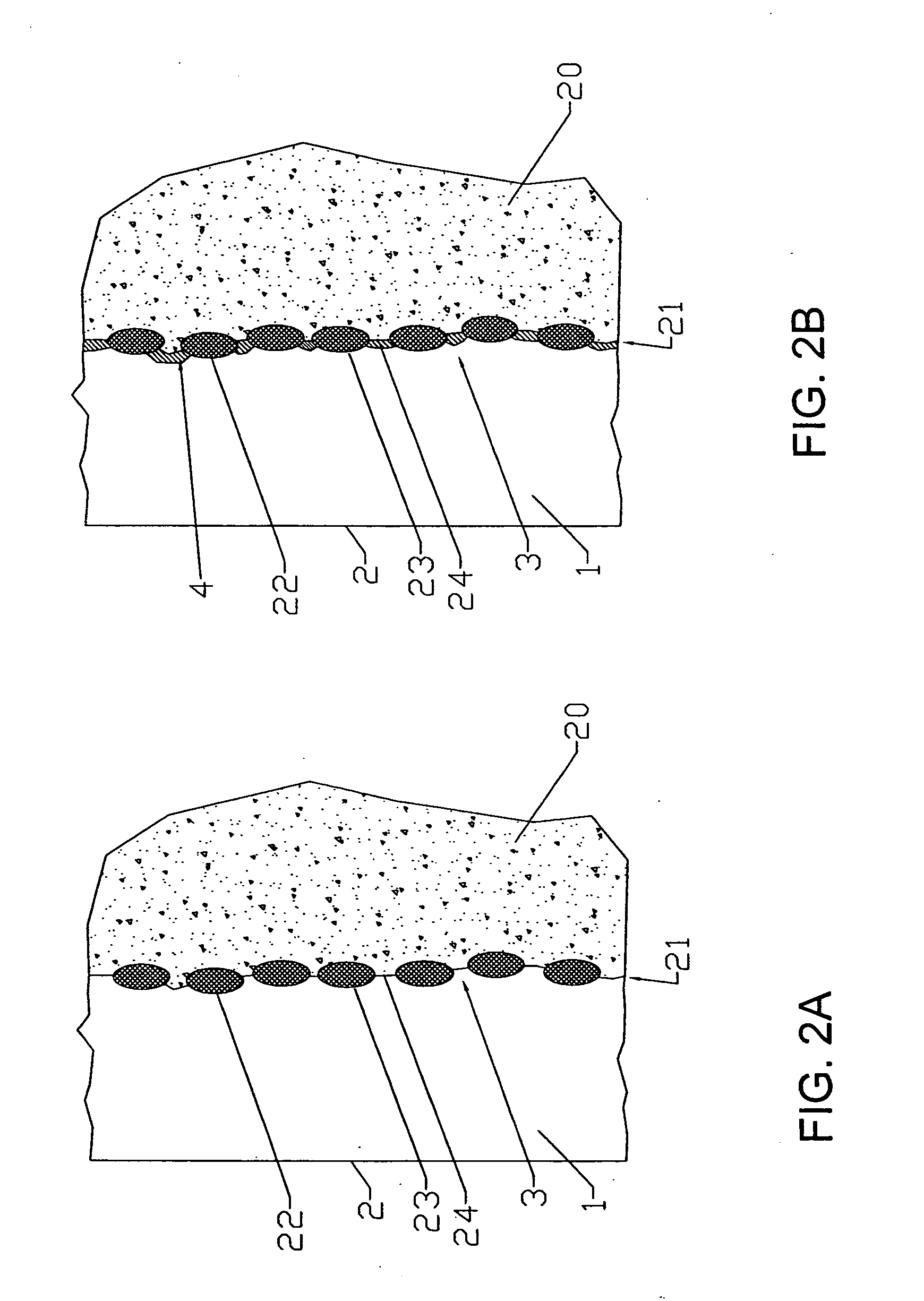Diffusion stabilized gas barriers
a gas barrier and stabilizer technology, applied in the direction of cell components, cell component details, membranes, etc., can solve the problems of loss of energy conversion efficiency, damage to cell or stack structures, and prohibitive cost for most applications, so as to reduce oxygen diffusion, enhance the ability of diffusing hydrogen, and stable electrically conductive paths
- Summary
- Abstract
- Description
- Claims
- Application Information
AI Technical Summary
Benefits of technology
Problems solved by technology
Method used
Image
Examples
Embodiment Construction
[0025] Upon examination of the following detailed description the novel features of the present invention will become apparent to those of ordinary skill in the art or can be learned by practice of the present invention. It should be understood that the detailed description of the invention and the specific examples presented, while indicating certain embodiments of the present invention, are provided for illustration purposes only. Various changes and modifications within the spirit and scope of the invention will become apparent to those of ordinary skill in the art upon examination of the following detailed description of the invention and claims that follow.
[0026] The present invention relates to barriers that separate fuel and oxidant gases in high temperature systems. The invention is described with respect to high temperature solid oxide fuel cells (SOFC) and cell stacks operating with air and hydrogen-containing fuel gas. However, it will be apparent to those skilled in the...
PUM
| Property | Measurement | Unit |
|---|---|---|
| temperature | aaaaa | aaaaa |
| metallic | aaaaa | aaaaa |
| thickness | aaaaa | aaaaa |
Abstract
Description
Claims
Application Information
 Login to View More
Login to View More - R&D
- Intellectual Property
- Life Sciences
- Materials
- Tech Scout
- Unparalleled Data Quality
- Higher Quality Content
- 60% Fewer Hallucinations
Browse by: Latest US Patents, China's latest patents, Technical Efficacy Thesaurus, Application Domain, Technology Topic, Popular Technical Reports.
© 2025 PatSnap. All rights reserved.Legal|Privacy policy|Modern Slavery Act Transparency Statement|Sitemap|About US| Contact US: help@patsnap.com



